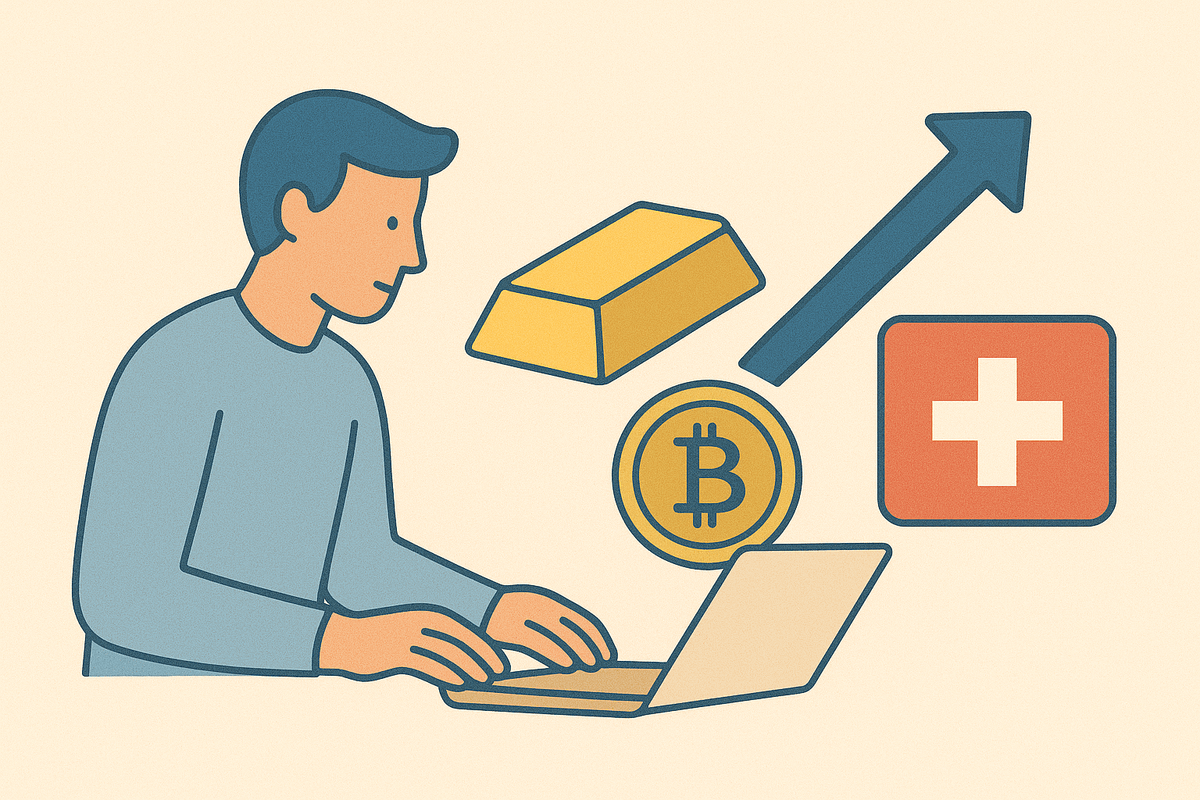As a freelancer in Switzerland, building a solid retirement strategy is crucial since you likely don't have access to a traditional occupational pension (Pillar 2) like salaried employees.
The Swiss pension system revolves around three pillars: Pillar 1 (state pension via AHV/AVS), Pillar 2 (employer-sponsored), and Pillar 3 (private savings). Pillar 3a, the tax-advantaged component of private pensions, allows you to deduct contributions from your taxable income, making it an essential tool for self-employed individuals. In 2025, freelancers without a Pillar 2 can contribute up to CHF 36,288 annually (or 20% of net income, whichever is lower), while those with a Pillar 2 are capped at CHF 7,364.
But what if you want to diversify beyond stocks and bonds into assets like gold and Bitcoin (BTC)?
These alternative investments appeal to many freelancers seeking hedges against inflation, market volatility, or fiat currency devaluation—especially in an era of economic uncertainty.
This article explores whether gold and BTC are permissible in Pillar 3a, recommends solutions to incorporate them, details allocation limits, and proposes a sample portfolio maximizing BTC exposure alongside gold and S&P 500 stocks. We'll draw on current regulations and offerings from leading providers to provide a comprehensive overview tailored to Swiss freelancers.
